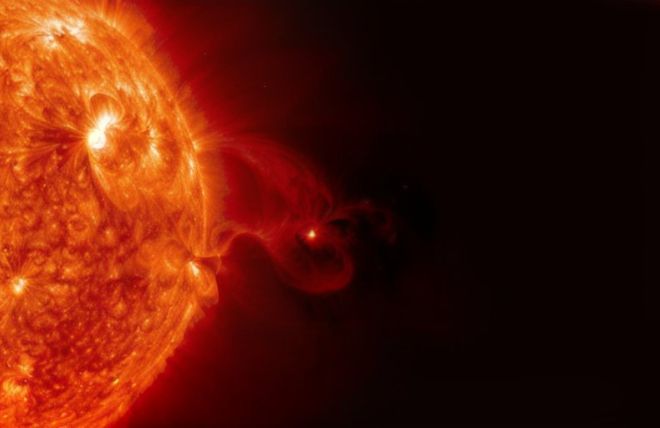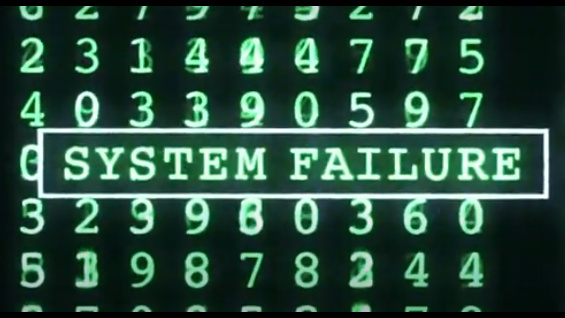
If a theory of relativity works anywhere, it has to work everywhere.
The power of relativity theory is that it is totally unforgiving: it allows us to redescribe the same situation in different ways and demands that we must always get precisely the same answer (Mach: "We are given the universe but once"). A theory of relativity that claims to be able to describe basic inertial physics must describe the behaviour of a baseball moving though its environment along a ballistic path at, say, half lightspeed … but it must also be capable of describing the motion of the entire background universe past the stationary baseball at half lightspeed … and get all the same answers, every time.
If we know the relativistic behaviour of the simplest system imaginable, then (if we get it right), precisely the same characteristics must apply to the most complex system imaginable, when it moves in the same way.
Relativity is, by definition, universal.
Even if the original designer of a theory did not explicitly and deliberately include the effects of moving gravitational sources or moving refractive media in their calculations, these effects must already be "baked into" the equations whether we know it or not, even if we have no understanding of why or how. The basic equations of motion for a simple fundamental massed particle must also apply exactly to a moving system of galaxies extending over billions of lightyears, containing complex gravitational fields, gravitational waves, collapsed stars, gas-clouds, and gawd knows what else. If there are new sorts of forces and fields that we don’t yet know about, their behaviour as a function of relative velocity (and other relative motions) must already conform exactly to the equations we already have … IF those equations are the right ones.
This puts an incredibly strong constraint on the laws of physics. Our relativistic equations and geometry have to be perfect and immortal, and universal … or else they are simply wrong.
Relativity does not support different types of physics with different laws and different geometries depending on whether the objects concerned have strong or weak gravity. The behaviour as a function of velocity of a collapsed galactic core, and that of a simple fundamental massed particle, MUST be the same, or else the theory is wrong.
So when proponents of the current system say that obviously special relativity can't be expected to give an exact description of the motion-shift of a moving strong-gravity star, because obviously in that case we have curvature and complicating gravitational and gravitomagnetic effects that change the geometry as a function of relative motion, and that to model the physics of an isolated moving star, we have to step away from SR and use full general relativity ...
... then what they are in effect saying is that SR does not correctly describe the inertial physics of extreme gravitational objects. It is not a theory of relativistic gravitation. And since the same set of equations need to be relativistically capable of describing all objects, and the SR set cannot do this, SR correctly describes nothing.
Since the 1905 equations (and associated flat Minkowski-spacetime geometry) fail the condition of being able to describe everything, they cannot describe anything. Relativity theory applied within a gravitational, gravitomagnetic universe tells us that special relativity is wrong physics, that the base equations for real matter must be non-SR, and that Einstein's general theory, by adopting the SR flat-spacetime geometry and relationships, is also wrong physics.





